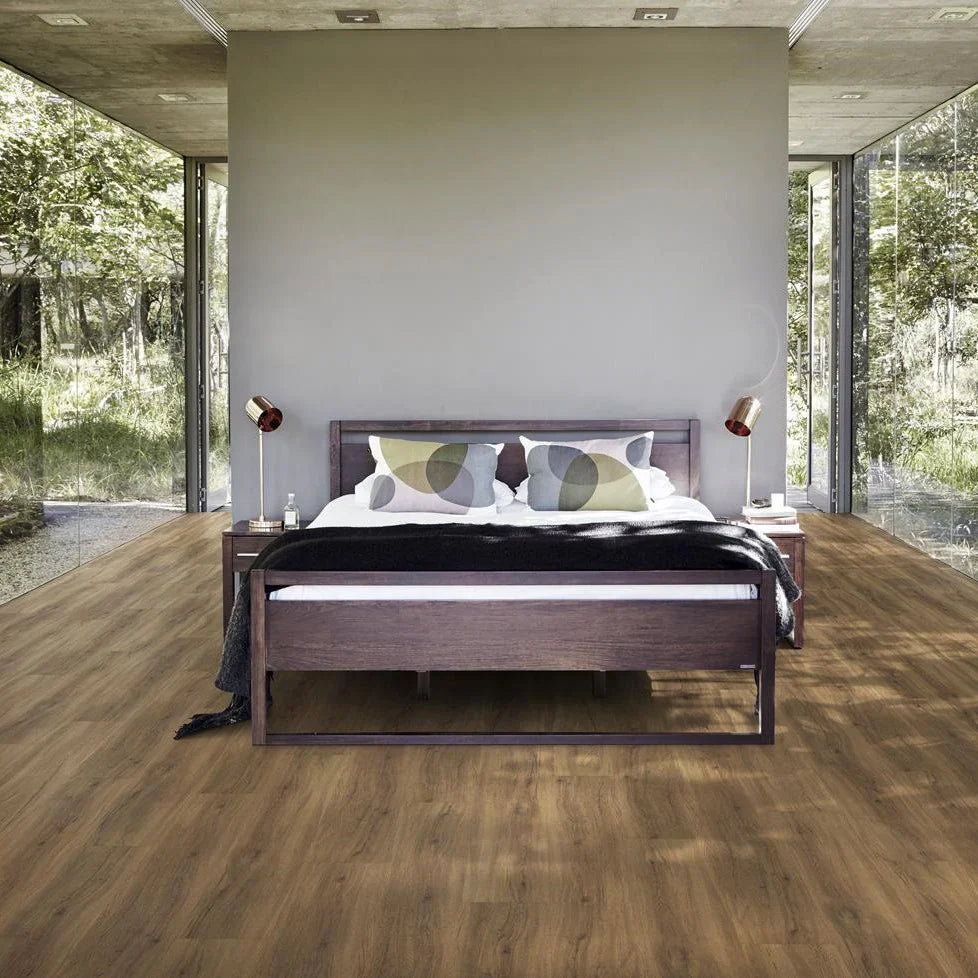
Author, Written by: Bledy (Installation Expert and Technical Writer)
Choosing between real wood flooring and wood-effect vinyl is a decision many homeowners face when renovating or designing a space. Both offer the visual appeal of natural timber, but how do they hold up over time in terms of appearance, wear, and overall value?
In this guide, we compare the long-term look of real wood and wood-effect vinyl to help you decide which is the right choice for your home and lifestyle.
What Do We Mean by “Looks Better Long-Term”?
When we talk about appearance over time, we're referring to factors such as:
-
How well the surface resists fading, dents, and scratches
-
Whether the material maintains its original texture and colour
-
How easily it can be refreshed or restored
-
Whether it still looks stylish and high quality after years of use
Let’s explore how both flooring types perform over the long haul.
Real Wood Flooring: The Authentic Aesthetic
There’s no doubt that real wood flooring offers unmatched natural beauty. Each plank is unique, with grain patterns, colour variations, and knots that give character to the room.
How it ages
-
Gains patina with time, which many people find charming
-
Can be sanded and refinished multiple times to restore the original look
-
Susceptible to scratches, dents, and UV fading without regular maintenance
-
May change colour slightly depending on sunlight exposure
Upsides
-
Timeless, premium appearance
-
Can last decades with the right care
-
Adds resale value to the property
Considerations
-
Needs consistent upkeep to maintain a fresh look
-
In areas with moisture or heavy traffic, wear becomes more visible
Real wood can look better with age if cared for properly, but neglect can lead to noticeable imperfections.
Wood-Effect Vinyl Flooring: Durable Style That Lasts
Wood-effect vinyl flooring, including luxury vinyl planks (LVP) and rigid core vinyl, has advanced significantly in both design and durability. Thanks to high-definition printing and realistic textures, many vinyl products closely mimic oak, walnut, and other wood types.
How it ages
-
Maintains its look with minimal effort
-
Resists moisture, stains, and everyday wear
-
Cannot be sanded or refinished, but high-quality ranges retain appearance well
-
Less prone to colour change or damage from sunlight
Upsides
-
Consistent appearance over time with little to no maintenance
-
Suitable for every room, including bathrooms and basements
-
Often comes with protective coatings for added durability
Considerations
-
May not offer the same depth and authenticity as real wood
-
Lower-cost products can look flat or artificial over time
Wood-effect vinyl provides reliable, consistent visuals for years and is ideal for busy households or low-maintenance living.
Side-by-Side Comparison
Which Looks Better Long-Term?
If you value natural variation, character, and the option to refresh your floor as trends evolve, real wood is the better long-term visual choice, assuming you’re prepared for the maintenance that comes with it.
If you want a low-maintenance floor that keeps its clean look through years of use and works in every room, high-quality wood-effect vinyl is the smarter long-term visual option.
The decision ultimately depends on your lifestyle, expectations, and whether your priority is authenticity or convenience.
Final Thoughts
Both real wood and wood-effect vinyl offer long-term visual appeal, but in different ways. Real wood rewards care with evolving charm and character, while vinyl delivers dependable beauty with minimal upkeep. Consider the demands of your home and how much effort you're willing to invest in maintenance before making your choice.
Looking for advice or samples to help compare side by side? Get in touch with our team or browse our curated collections to explore both options in detail.
About Author:
Bledy is a flooring installation expert with over 15 years of experience. He writes easy-to-follow guides and tips to help homeowners and professionals with flooring projects.
